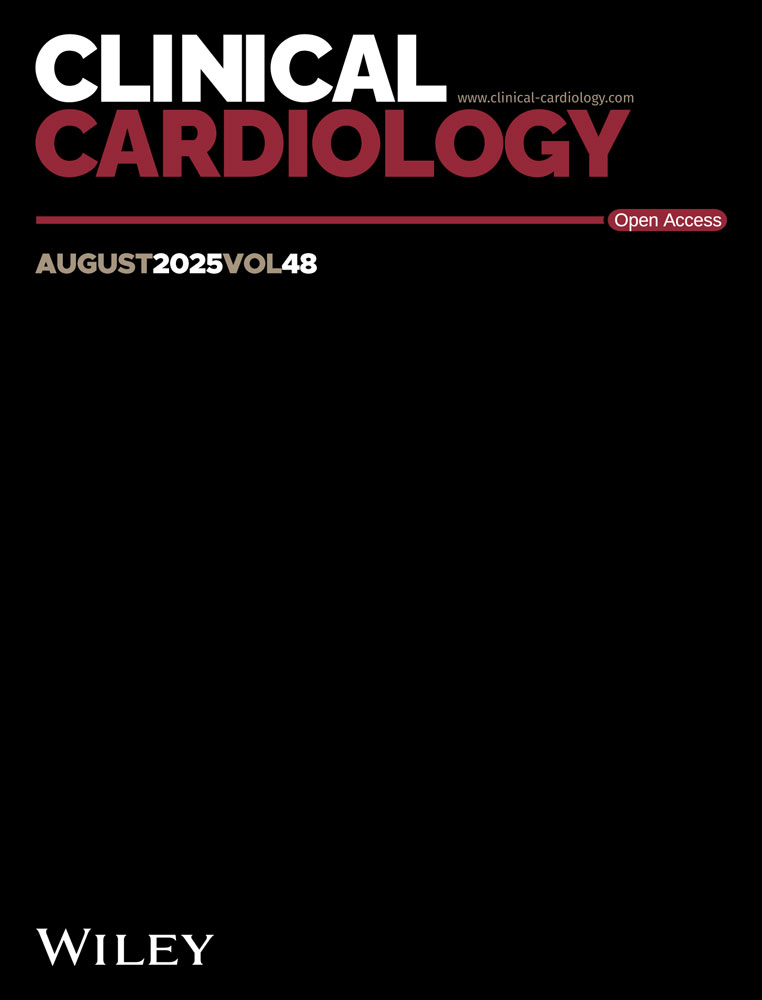The association between the on-site availability of cardiac procedures and the utilization of those services for acute myocardial infarction by payer group
Abstract
Background: Prior studies have suggested that in-hospital availability may be an important determinant for the use of invasive cardiac services; however, whether this association is influenced by payer status remains unclear.
Hypothesis: The interaction of payer status and the on-site availability of coronary arteriography is associated with increased utilization of this procedure.
Methods: In-hospital availability and utilization of coronary arteriography was ascertained in 275,046 patients with acute myocardial infarction (AMI) enrolled in the National Registry of Myocardial Infarction 2 from June 1994 to April 1996. Logistic regression analyses were performed to determine the association between the on-site availability of cardiac catheterization at the initial hospital and subsequent utilization of coronary arteriography. Similar analyses were performed within Medicare, Medicaid, Commercial, Health Maintenance Organization (HMO), and Uninsured payer groups.
Results: Patients initially admitted to hospitals having on-site cardiac catheterization facilities were almost twice as likely to receive coronary arteriography as patients admitted to hospitals without such facilities and later transferred out [un-adjusted odds ratio (OR) = 1.69,95% confidence interval (CI) 1.66–1.73, p < 0.0001; adjusted OR = 2.08,95% CI 2.01–2.15, p < 0.0001]. Furthermore, this relationship of increased utilization with greater availability was evident within each payer group, but was highest among those with Commercial insurance and lowest among Medicaid recipients: [Commercial insurance (OR = 2.19,95% CI 2.07–2.31, p < 0.0001); Uninsured (OR = 1.74,95% CI 1.57–1.92, p < 0.0001); HMO (OR = 1.67,95% CI 1.54–1.82, p < 0.0001); Medicare 1.60,95% CI 1.55–1.64, p < 0.0001); Medicaid (1.46,95% CI 1.29–1.65, p < 0.0001)].
Conclusions: Our results show a strong association between in-hospital availability and subsequent utilization of invasive cardiac procedures following AMI among all patients, but the strength of these associations varied among payer status.




